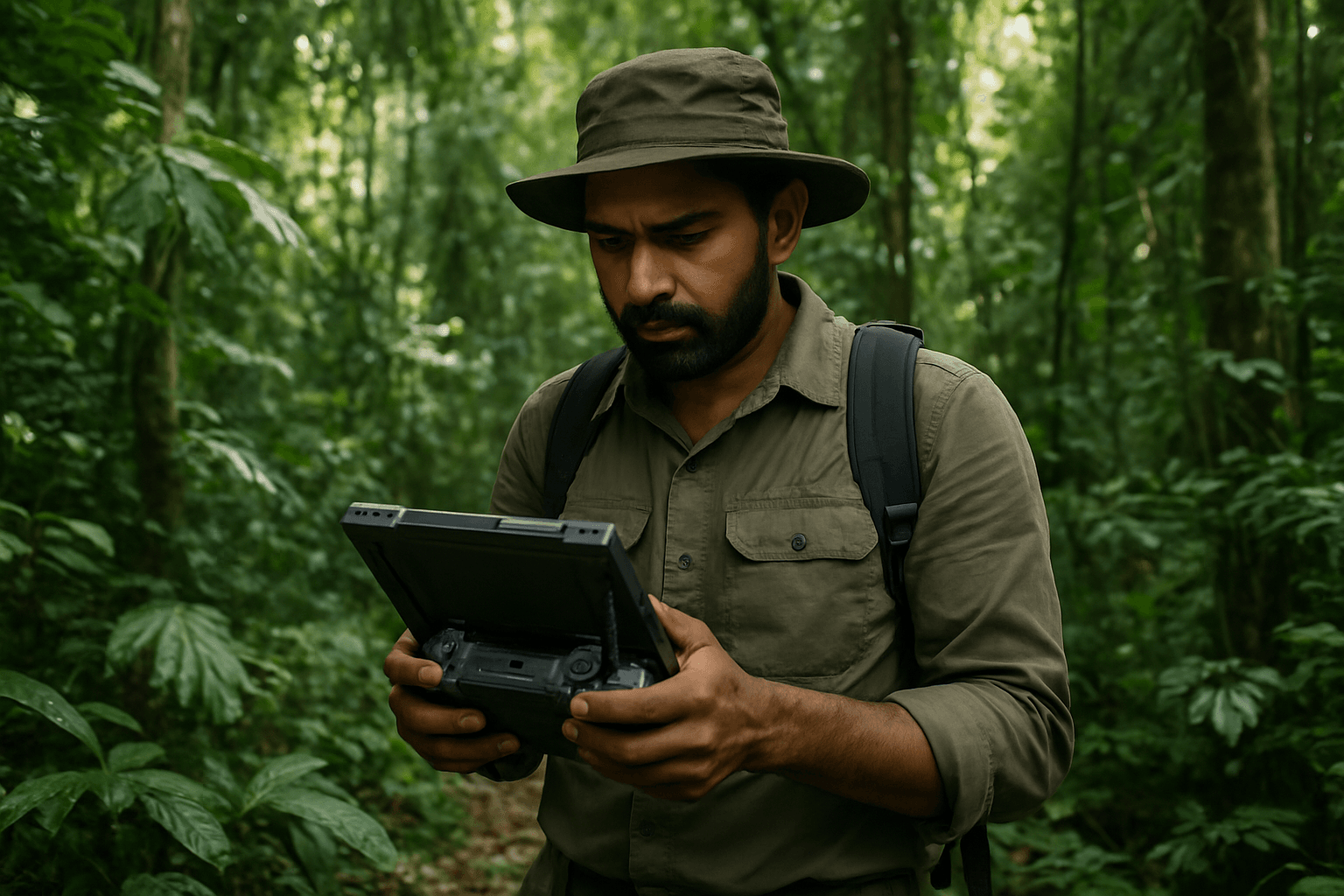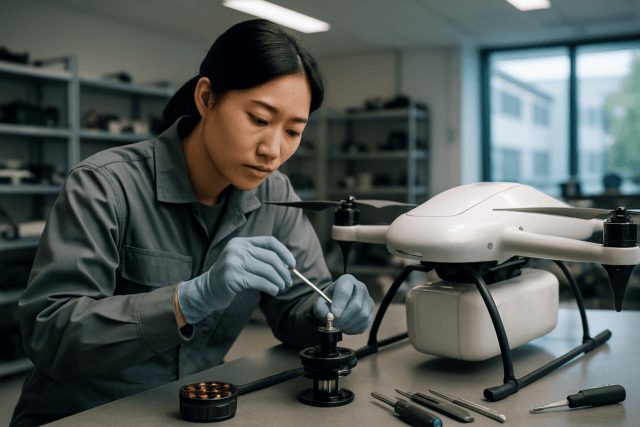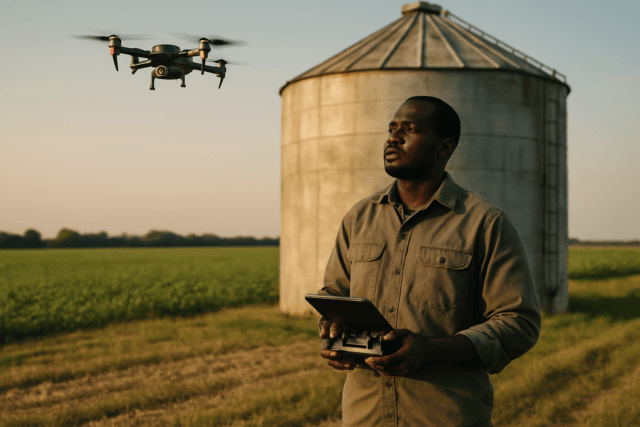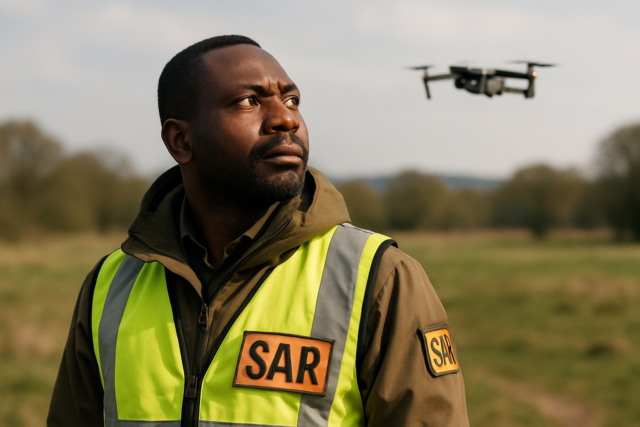Observing wild primate groups in their natural habitats has long been a cornerstone of primatology, offering invaluable insights into evolution, behavior, and social structures. However, these traditional methods are often fraught with challenges, including human disturbance, difficult terrain, and the sheer elusiveness of many species. Enter the drone – an unmanned aerial vehicle (UAV) that is rapidly transforming how researchers approach the complex social dynamics of our closest living relatives. By offering a discreet, flexible, and data-rich platform, drones are unlocking new possibilities for non-invasive, long-term studies that were once impossible.
The Challenges of Traditional Primate Observation
For decades, primatologists have relied on direct observation, often spending years habituating primate groups to human presence. This process is not only time-intensive but also carries inherent limitations and ethical concerns. Human presence, no matter how carefully managed, can inevitably alter natural behaviors, introduce health risks to sensitive populations, and prove challenging when studying new or unhabituated individuals.
Furthermore, many primate species inhabit dense forests, rugged mountains, or remote regions that are incredibly difficult for humans to access and traverse. This inaccessibility limits the scope and scale of data collection, making it hard to track group movements over large areas or observe behaviors in high canopies. Traditional methods can also be subjective and time-consuming, with over two-thirds of primate behavior studies relying on manual coding. These factors contribute to smaller sample sizes and difficulties in replicating naturalistic behavior.
Drones: A Game-Changer for Primate Research
The advent of drone technology offers powerful solutions to many of these longstanding observational hurdles. Drones provide a “bird’s-eye view” that minimizes human interference, enables access to previously unreachable areas, and facilitates the collection of extensive, quantifiable data.
Non-Invasive Data Collection
One of the most significant advantages of drones is their capacity for non-invasive monitoring. By operating from a distance and often at altitudes that minimize their perceived threat, drones can collect data without significantly altering primate behavior. This “stealthy” approach is crucial for obtaining more naturalistic behavioral insights and reducing stress on the animals, which is a key ethical consideration in wildlife research. Studies have shown that some primate species, like Geoffroy’s spider monkeys, may even develop a tolerance to drone flights, especially when appropriate flight protocols are followed.
Accessing Remote and Difficult Terrain
Drones effortlessly navigate rugged terrains and dense forest canopies that are often impenetrable for human researchers. This improved accessibility allows primatologists to gather data from areas that were once considered unreachable, providing a more comprehensive understanding of primate populations and their use of habitat. For instance, drones equipped with thermal infrared (TIR) cameras can detect primates hidden in dense foliage, even at night, overcoming issues with impassable terrain and animal camouflage. This capability is particularly vital for species in challenging environments, such as the critically endangered Delacour’s Langur in Vietnam’s limestone forests.
Comprehensive and Longitudinal Data
High-resolution cameras and various sensors on drones enable efficient collection of vast amounts of data. A single drone flight can capture what might take human observers days to achieve on foot, providing detailed video footage and images. This efficiency allows for more extensive and continuous monitoring, which is essential for understanding long-term trends in social dynamics, population changes, and habitat use.
Key Applications of Drones in Primate Social Dynamics
Drones are being deployed in numerous ways to shed light on the intricate social lives of primate groups.
Monitoring Group Movements and Spatial Distribution
Drones can effectively map the movement patterns and spatial distribution of primate groups over time. By capturing aerial footage, researchers can analyze how groups utilize their home ranges, identify key foraging areas, and understand responses to environmental changes. This data is critical for conservation efforts, helping to identify priority areas and critical resources. For example, studies have used drones to locate elusive species like the northern muriqui in Brazil, which are difficult to track on the ground due to low densities and dense forest habitats.
Documenting Social Interactions and Hierarchies
The ability to observe from above with minimal disturbance allows for the documentation of social interactions that might be altered by human presence. Researchers can capture subtle behaviors, group formations, and displays of dominance or submission, offering insights into social hierarchies and affiliations. While direct interpretation of complex social signals remains challenging, drones provide raw, unbiased visual data for later analysis.
Assessing Health and Demographics
Thermal imaging drones can detect heat signatures, making it possible to identify and count individuals, including those hidden by the canopy. This is invaluable for population assessments, enabling researchers to track demographic changes, identify sick or injured individuals, and even detect sleeping sites, which are crucial for understanding behavioral ecology and survival. For instance, thermal drones have been effectively used to study sleeping site selection in douc langurs.
Studying Nesting and Sleeping Sites
For arboreal primates, identifying nesting or sleeping sites can be incredibly difficult. Drones, especially those with thermal cameras, can quickly locate these sites, providing data on preferences for certain tree species, heights, and locations relative to potential predators, offering vital clues about their ecological strategies.
Technological Advancements and Ethical Considerations
The utility of drones in primatology is continually enhanced by rapid technological advancements, but their deployment also necessitates careful ethical consideration.
AI and Machine Learning Integration
The sheer volume of data collected by drones can be overwhelming for manual analysis. This is where artificial intelligence (AI) and machine learning (ML) become indispensable. AI algorithms can be trained to automatically detect, count, and even identify individual primates from video footage, significantly speeding up data processing and enhancing accuracy. Automated deep face recognition is already being used to assign individual-level networks within chimpanzee social structures, offering high efficiency and low cost.
Sensor Technology
Beyond standard high-resolution cameras, drones can carry a suite of advanced sensors. Thermal infrared (TIR) sensors are particularly effective for detecting primates through dense foliage, while LiDAR (Light Detection and Ranging) can create 3D maps of forest structure, providing context for primate habitat use. Multispectral cameras can offer insights into vegetation health and food availability.
Mitigating Disturbance and Stress
Despite their non-invasive nature compared to human presence, drones still have the potential to disturb wildlife. Factors such as flight altitude, speed, pattern, and noise can all influence animal responses. Researchers are developing and adhering to best practices and ethical guidelines to minimize potential stress, including maintaining adequate flight heights and monitoring animal reactions in real-time. This includes ceasing or modifying operations if disturbance is observed.
Data Privacy and Security
The use of drones also raises ethical concerns regarding data privacy, especially if operations inadvertently collect data on human activities or settlements. Researchers must implement robust data security measures and consider the social implications, ensuring transparency and accountability in their drone operations.
The Future Landscape of Drone-Assisted Primatology
The integration of drones into primatology represents a significant leap forward in understanding primate social dynamics. As drone technology becomes more sophisticated, with longer endurance and enhanced AI capabilities for autonomous navigation and real-time data analysis, their role will only expand. The future promises even more detailed, extensive, and less intrusive insights into the complex lives of primates, fostering better conservation strategies and a deeper understanding of our own evolutionary heritage. This technological revolution allows primatologists to ask and answer questions that were once confined to the realm of speculation, moving the field towards an era of unprecedented discovery.





